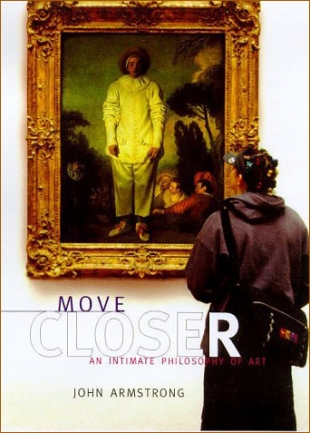The seasoned art critic speaks in reverent terms of the painting or sculpture that draws out his praise. Or she condemns a piece of art as derivative or visually appalling. But what of the ordinary person? What kinds of satisfaction are available in the art gallery? This is the question at the heart of this salutary book by John Armstrong, director of the Aesthetic Programme of the School for Advanced Study at the University of London. "Art matters," he writes, "in virtue of the kind of experience it invites the spectator into."
Armstrong believes there are certain qualities or powers that we can all draw upon to move closer to painting and architecture. In his creative assessments of three dozen works, including a church in Rome, a row of Gothic arches, Henri Matisse's "Draped Nude," and James Abbott McNeill Whistler's "Nocturne in Blue and Gold: Old Battersea Bridge," he spells out the uses of affection, analysis, memory, and contemplation.
One of the most important faculties we can call upon in our appreciation of art is reverie, which Armstrong defines as "a mode of introducing personal material into a picture or a building; it brings an abundance of thoughts and feelings into play. It also forces us from merely following routine assumptions." We can also use our imagination to see the variety of ways things have been put together.
By far the most helpful suggestion in this intimate philosophy of art is Armstrong's delineation of the process of perceptual contemplation of an object — noticing details, seeing relations between parts, seeing the whole as the whole, the lingering caress, and mutual absorption. Move Closer is a user-friendly resource for anyone who wants to move beyond just staring at a work of art.
